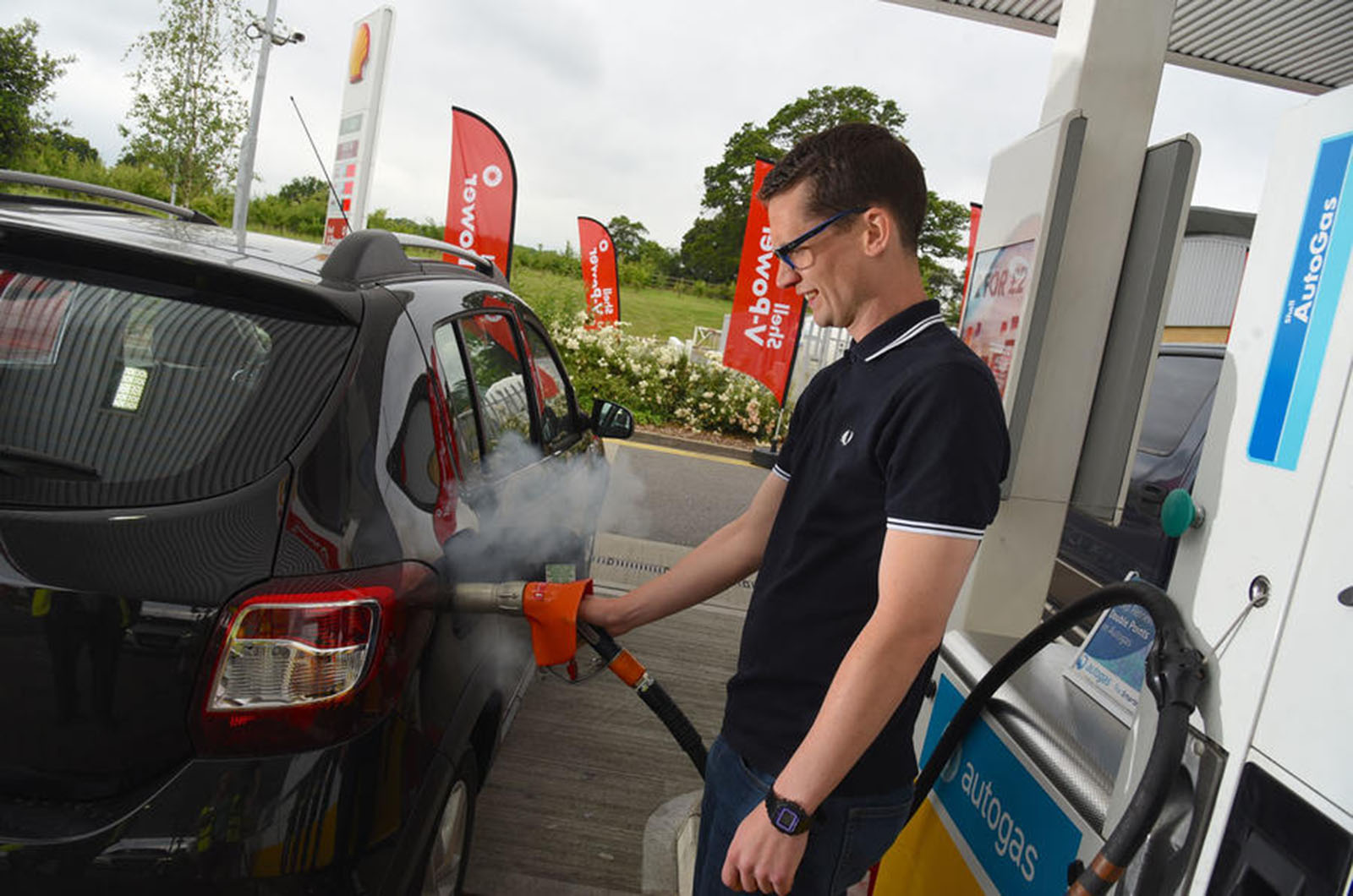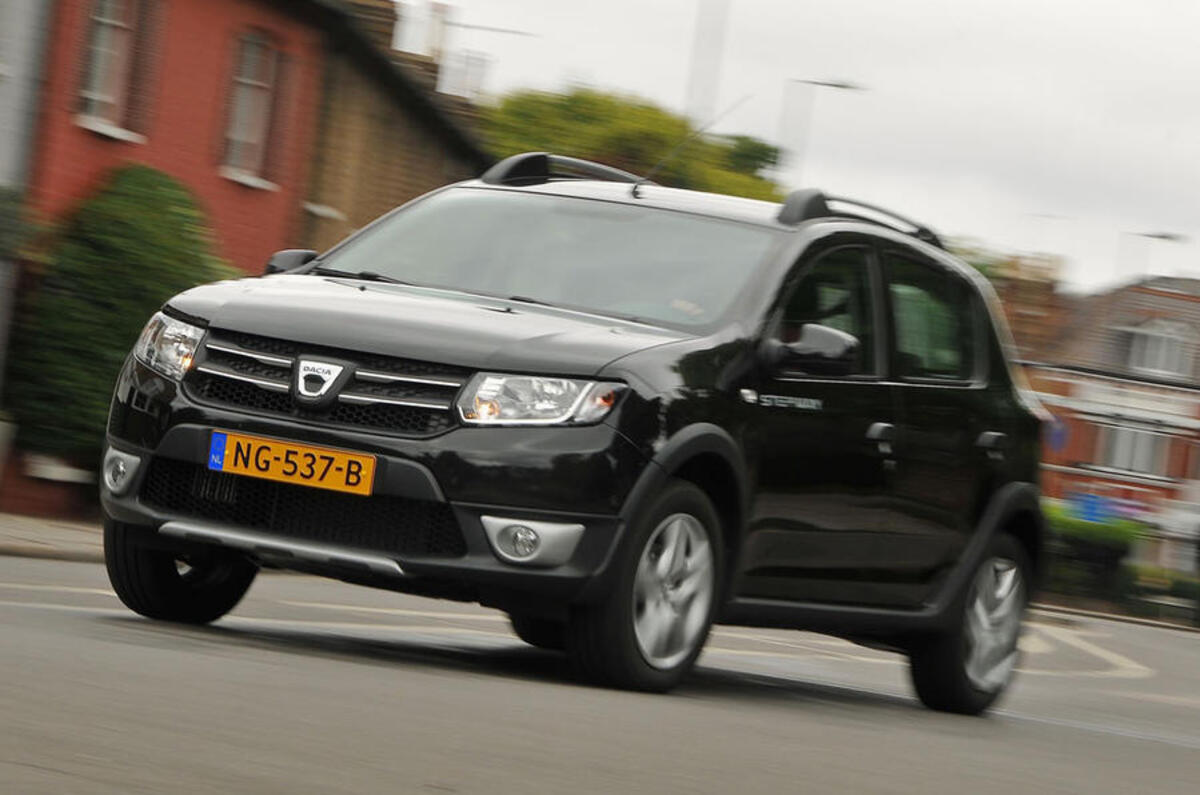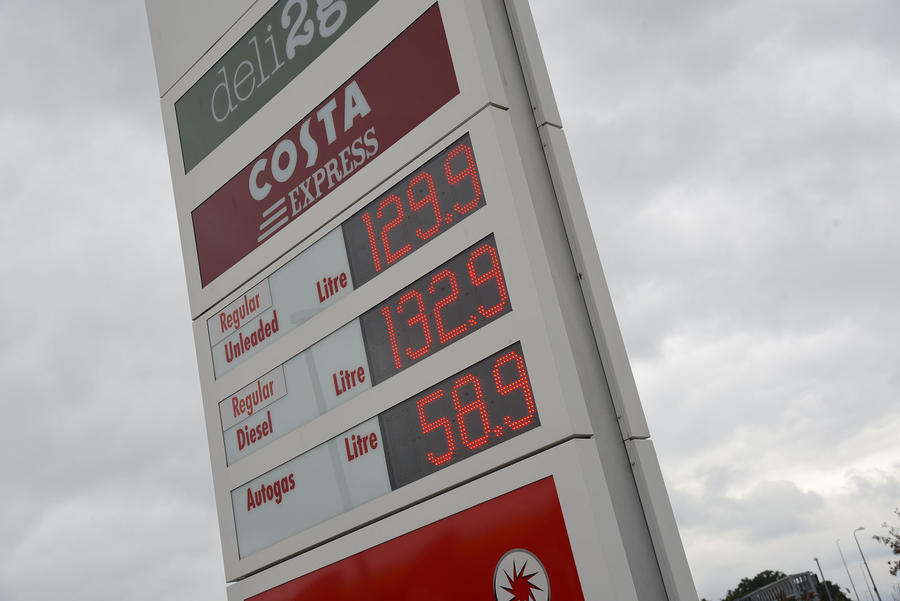Whatever happened to liquefied petroleum gas (LPG)?
In the post-Dieselgate era, when many cities are pondering banning diesel-engined vehicles and air quality is becoming a top-line political issue, surely a low-CO2 fuel that is inexpensive and extremely low in tailpipe pollution should be enjoying a revival?
Yet that’s not proving to be the case for a fuel that, despite many advantages, has long been an oddball choice and failed to gain traction in the UK. With this in mind, Autocar recently ran a ‘bi-fuel’, left-hand-drive Dacia Sandero Stepway equipped with a factory-fitted LPG system to see if it was feasible to live with here.
LPG specialists say the UK market has never recovered from a government’s U-turn in the early 2000s, which, after initially supporting a push towards the adoption of LPG as a mainstream fuel, effectively pulled the rug from under it. However, the most recent UK government budget in November last year announced the removal of the fuel duty escalator for LPG-fuelled cars, one positive sign for the fuel.
Across Europe today, LPG is still a minority fuel. It’s most popular in Poland, followed by Italy, where some 5% of the country’s cars and trucks are powered by LPG, which equates to around 2.2 million vehicles in all.
Air quality concerns have encouraged regional governments to incentivise the use of cars converted to run on LPG in Italy and Spain, which has had a notable growth in the adoption of the fuel.
According to Holly Jago of Autogas, a joint-venture LPG supply company owned by Shell and Calor, around 120,000 vehicles are converted to run on LPG in the UK, and about 4000 are converted each year, but that amounts to just 0.2% of road fuel use.

As Jago points out, the new emphasis on air quality should make LPG relevant again. She cites “independent tests” of a LTC TX4 London cab converted to use LPG in which tailpipe pollution was slashed, with particulates down by 99% and NOx down by 88%.

















Join the debate
Add your comment
Return?
I don't know about making a return, but LPG has been available (and cheap) in this country for at least half a century and never gained much traction. Maybe part of the problem is that drivers are scared of it, not helped by by the fact that LPG vehicles were (are?) banned from using tunnels. The fuel is heavier than air, so any leakage could collect in a tunnel with obvious fire risk.
I think the other issue is that LPG conversions have not worked as well as they might on engines optimised for petrol. However that could have changed with today's engine management and variable valve systems which could allow less compromise.
But if we are considering LPG, then why not CNG which is another extremely clean fuel and with the theoretical possibility at least of allowing refuelling at home. (Several years ago Honda offered a CNG Civic in some markets together with a compressor to allow home refuelling. Now that would be a really enticing possibility with a good range allied with just 5% tax on the fuel. Perhaps our goverment would not allow it...
My forklift i drive at work
As the article points out
As the article points out diesels can be converted to run on LPG (as well as natural gas), if the government (and other governments) really were concerned about air quality, theyd encourage diesel drivers to do the conversion to their vehicles. Like water/meth, this is existing tech that could be used to reduce the emissions of existing diesel vehicles and what are governments doing about it ? F all, theyre only concerned about the emissions of new vehicles, not existing ones. Reducing emissions on existing vehicle would also improve air quality a hell of a lot faster than only concentrating on new vehicles. The world has gone mad.